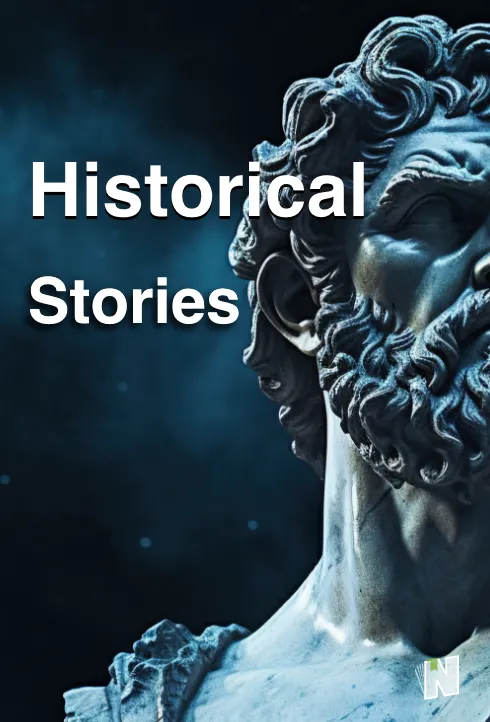Chilling Facts About Maori Warriors
Welcome to "Novpad" where we delve into rich and intriguing historical and cultural narratives. In this article, we explore the world of Maori warriors, some of the most fearsome fighters in history, uncovering facts that may be unknown to many.
Warning: The following information may be disturbing to some readers
1. Traditional Tattoos
Tattoos were a fundamental part of Maori culture, carrying deep meanings. They were applied to the face, neck, and torso using a chisel and hammer made from bone, with ashes and fats used as ink instead of needles. The unique designs reflected the person's strength and bravery, and each tattoo told a story or symbolized a specific achievement.
2. The Haka Dance
The haka dance is one of the most famous Maori traditions, involving powerful movements and facial expressions. It was originally performed as a war dance to motivate warriors and challenge enemies. Today, it is used in sports events and ceremonial occasions.
3. The Deadly Club
Clubs resembling leaves were among the prominent weapons used by the Maori in combat. Made from bone or jade, they were employed in close combat and were considered one of the deadliest weapons, targeting the head to strike its weakest point.
4. Burial and Reburial Practices
According to tradition, the Maori initially buried their dead and, after a year, would exhume the remains to re-bury the bones after preparing and decorating them. These practices aimed to ensure the smooth transition of the deceased's spirit to the afterlife.
5. Warfare Strategies
War parties, known as "hapū," consisted of around 100 warriors, with combat training starting from a young age. The Maori employed clever warfare tactics, including stealth and surprise attacks at dawn.
6. Heads of Enemies as Trophies
Taking and preserving the heads of enemies as trophies was a significant cultural practice. Heads were displayed to humiliate enemies and were also used in games simulating control over foes.
7. Captain Cook's Encounter with the Maori
During his first encounter with the Maori in 1767, Captain James Cook witnessed a fierce battle with warriors displaying the heads of their enemies as symbols of power and bravery. Despite the conflict, Cook established better relations leading to cooperation between the Maori and Europeans.
8. Chief Hongi Hika
Hongi Hika is one of the most famous Maori warriors. He acquired firearms from Europeans and used them effectively in battles against other tribes, boosting his power. He was also known for his trade with Europeans and strategic alliances.
9. Infanticide
Infanticide was common in Maori culture due to the high demand for male warriors. Various methods were used to kill infants, reflecting the strict traditions governing the society.
10. Cannibalism
The topic of cannibalism among the Maori is controversial, but there are indications that it may have been part of battle contexts or demonstrations of power. This subject remains debated among historians and researchers.
In Conclusion
Studying the history of Maori warriors provides a glimpse into their lives and bravery, helping to understand the culture and traditions that shaped their identity. Continue exploring more captivating stories and histories with "Novpad," where we bring you rich and engaging tales from different times and cultures.
